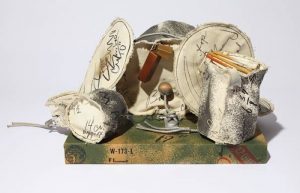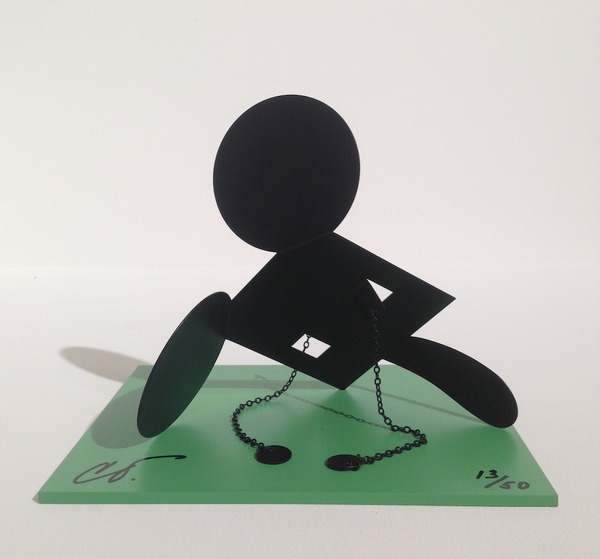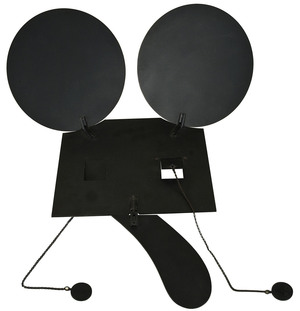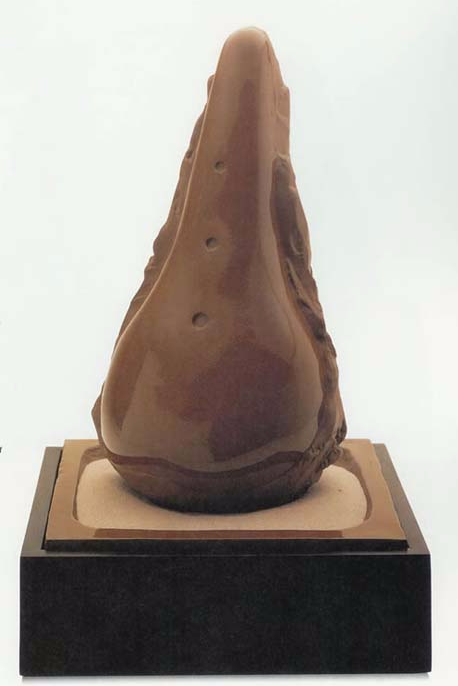
Claes Oldenburg
Miniature Soft Drum Set
1969
The complete set of 9 sewn screenprinted elements on canvas, some with washline, wood, plastic buttons, rope, metal eye screws and spray enamel with wood base covered with screenprinted paper in colors
9 3/4 x 19 x 13 3/4 in.
29/200
Initialed and numbered in black ink on the bass drum
About the work:
Deeply inspired by Duchamp, Claes Oldenburg made radical contributions to sculpture. “I like to work with very simple ideas,” he once said, and while his ideas were simple, the results were groundbreaking. In rethinking scale, form and material as methods of disrupting the functionality of regular everyday objects, Oldenburg challenges us to reconsider our perceptions by way of his unconventional take through provoking our expectations of how ordinary objects “behave.”
In the early 1960’s the artist started to experiment with soft medium, defying the traditional rigid and static nature of the sculpture. With these works, Oldenburg proposed an alternate form, the “soft sculpture” which exists in a state of constant change. The “soft sculpture” has no fixed form, it is subjected to the forces of movement and gravity and configurations can be changed at any time. This innovative approach transformed the very definition of the sculpture.
This week’s Work of the Week! is Oldenburg’s Miniature Soft Drum Set.
Oldenburg might be most famous for his monumental structures, however, he worked with scale in all capacities. The soft drum set was originally designed in 1967 as a large sculpture, inspired by the architecture of the Guggenheim Museum, but the small-scale model, created as the prototype for the project, became the basis for the miniature edition.
The notion of enlarging or diminishing everyday objects such as the drum set takes from the Surrealist movement and the concept of the absurd. In dramatically shifting the scale in his works, Oldenburg transforms the relationship between the viewer and the object through shrinking us or, in this case, enlarging us.
Another absurd element of the artwork is that while the it depicts a drum set, the soft material entirely removes the function of the musical instrument. With the rigidity necessary for percussion absent, the drums cannot make a sound, instead, we are faced with a flaccid, unstructured canvas – a gentle commentary on our material world of object fetishism and our relationship to consumer goods.
The Miniature soft drum set is comprised of 9 hend-sewn, screenprinted canvas “drums” with additional collaged elements such as wood, plastic and rope. It is presented on a wooden base, created specifically by the artist, and accompanied by a set of six suggestions for display positions. The instruction manual allows the viewer to creatively participate in reassembling the work into various configurations which simultaneously gives the work multiple identities.



